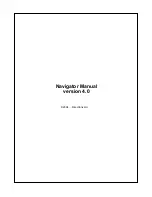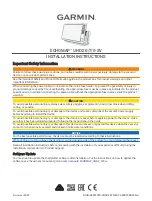
•
Ctrl-A: Save As: saves a copy of the file to a new filename on disk
•
Ctrl-C: Compile the BASIC program filename
•
Ctrl-D: Switch to debugging mode
•
Ctrl-Q: Quit the text editor application.
Control keys supported by the editor:
•
Home: Moves the cursor to the start of the current line
•
End: Moves the cursor to the end of the current line
•
Backspace: deletes the character before the current cursor positione
•
Delete: deletes the character at the current cursor position
•
Page Up: scroll up one screen-full
•
Page Down: scroll down one screen-full
•
Arrow up/down/left/right: move the cursor one character in the specified direction
Other keystrokes are interpreted as normal text entered into the editor.
Pressing Ctrl-O opens a file selector screen showing the files on disk:
Here we have a single program, TRACKER, which is the default program specified in the
Configuration screen. Normally it would, by default, contain a simple example tracking program;
here I have replaced it with a very simple program for example purposes.
Use the cursor keys to select the desired file to open, then press Enter. Pressing Enter on the ..
line moves the directory listing to the parent directory, if there is one; if there are sub-directories,
pressing Enter when a sub-directory is listed, moves the directory listing into the sub-directory. Or
you can press Ctrl-Q to quit the File Open operation.
Here’s the example program:
U4B operating manual Rev 1.00
9








































